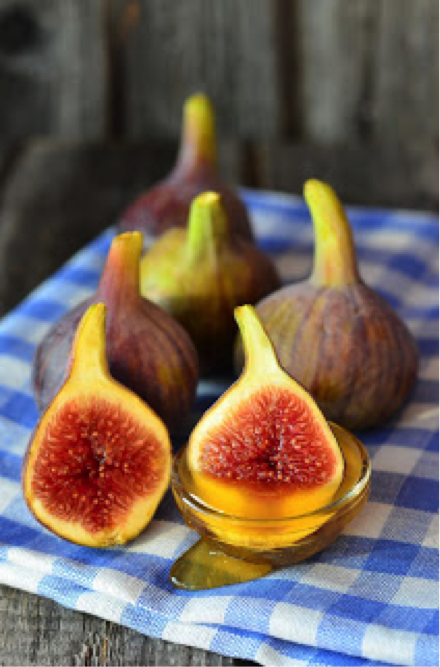
Early research demonstrated that if you add glucose sugar to fructose sugar, fructose is better absorbed. This is because there are two ways that fructose is absorbed, firstly when it is absorbed slowly on its own, and secondly when it is absorbed in combination with glucose.
Many people do not have a great ability to use the first pathway, where fructose is absorbed on its own, and this can change over time. This causes fructose to be poorly absorbed, and in IBS, cause symptoms of bloating, abdominal pain and possibly diarrhoea. The second pathway, where fructose is absorbed together with glucose, is much more efficient and works well in the vast majority of people.
We therefore test foods for their level of fructose and glucose, and only foods that contain levels of fructose higher than glucose, are considered high fructose, and avoided as part of the low FODMAP diet.
Recently, we have investigated if adding glucose to pure sugar solutions and to whole foods as we eat them in a typical diet can improve absorption and symptoms, but the outcome is not promising. Symptoms were not improved when glucose was added to fructose, and glucose makes no difference to fructans, such as in onions and wheat.
So, don’t bother adding glucose. It is unlikely to improve your symptoms and is only increasing your overall intake of sugar which is not a great idea. Just choose lower fructose foods as alternatives.